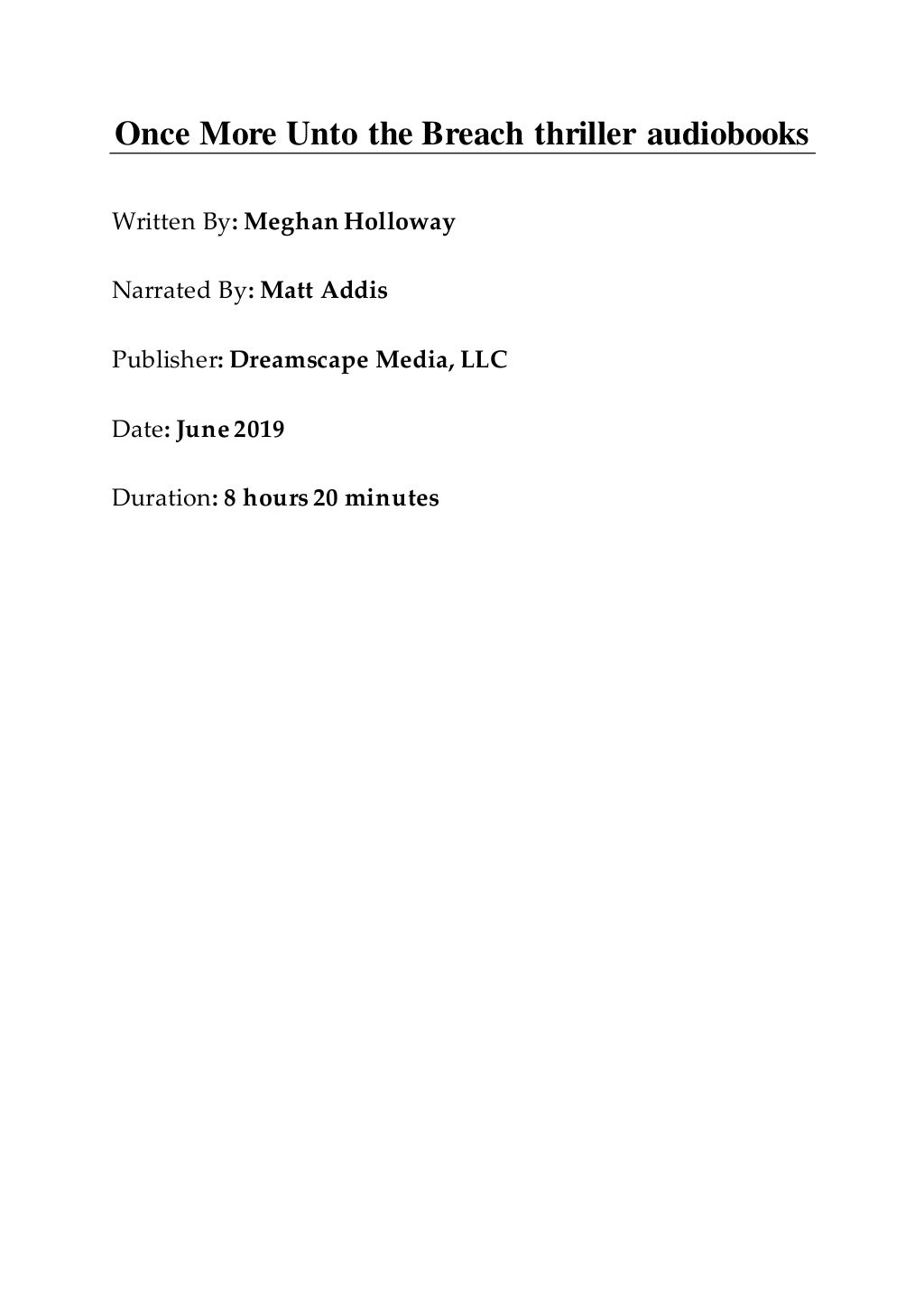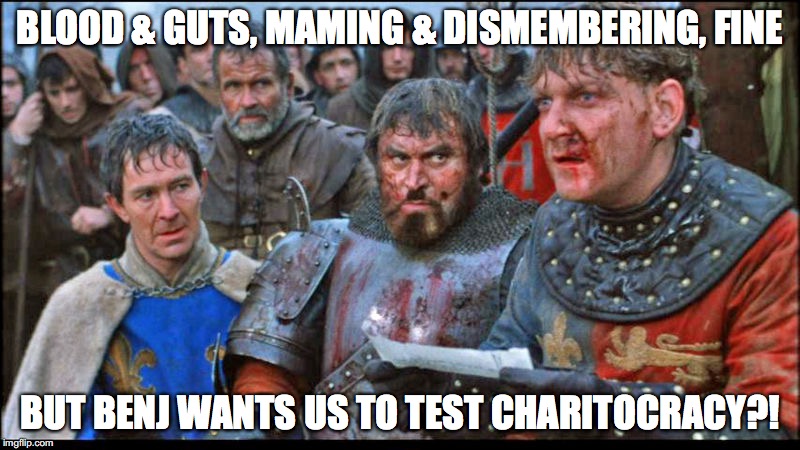

Located underground in Switzerland and France, the LHC is a particle accelerator in a 17-mile circular tunnel in which proton beams are accelerated to incredibly high speeds and smashed into each other, creating matter from energy.

“The Higgs - it was hard to find,” said Incandela, who led the CMS experiment at the time of the Higgs discovery and made the historic announcement confirming the existence of the particle and validating a 50-year-old hypothesis that earned its theorists the Nobel Prizes in physics.
#Once more unto the breach software#
Their broad range of activities includes involvement in the detector’s design, construction and operations, software development, data analysis and the management of several parts of the experiment. Led by four faculty members in UCSB’s Department of Physics - Claudio Campagnari, Joe Incandela, Jeffrey Richman and David Stuart - the UCSB team consists of about 30 graduate students, postdoctoral researchers, engineering staff and undergraduate students. The UCSB Experimental High Energy Physics Group plays a strong role in the CMS project. In 2012, CERN scientists at the Compact Muon Solenoid (CMS) and the ATLAS detectors at the LHC reported the discovery of the highly sought Higgs boson, a subatomic particle said to be responsible for the masses of elementary particles. Not that the discoveries of a few years ago aren’t already impressive. “The LHC will turn on with the highest energy ever achieved this energy regime will open the door to new discoveries about our universe that were impossible as recently as two years ago.” “We are on the threshold of an exciting time in particle physics,” said Fleming Crim, National Science Foundation assistant director for mathematical and physical sciences. The Large Hadron Collider (LHC), located at the European Organization for Nuclear Research (CERN) near Geneva, Switzerland, came back online Sunday, April 5, and will be commissioned over coming weeks to be ready by June, if not sooner, to smash particles and to provide scientists from all over the world with data to help them uncover the deepest secrets of the universe. After two years spent undergoing repairs and upgrades and a few eleventh-hour adjustments, the world’s largest and most powerful particle accelerator is back in action.

If (('gtm=off') const isAppRedirect = ('appRedirect') Ĭonst isAndroid = /Android/i.test(erAgent) Ĭonst isIphone = /iPhone|iPad|iPod/i.test(erAgent) The country is in tatters, no one is trustworthy, and Rhys must unravel the mystery of his son's wartime actions in the desperate hope of finding him before it's too late-too late to mend the frayed bond between them, too late to beg his forgiveness, too late to bring him home alive. In a race of his own, a relentless enemy stalks him across the country and will stop at nothing to find the young man first. But he is not the only one searching for his son. In a race against time and the war, Rhys follows his son's trail from Paris to the perilous streets of Vichy to the starving mobs in Lyon to the treacherous Alps. And his personal war has only begun as he is haunted by memories of previous battles and hampered at every turn by danger and betrayal.
#Once more unto the breach driver#
Joined by Charlotte Dubois, an American ambulance driver with secrets of her own, Rhys discovers that even as liberation sweeps across France, the war is far from over. As he follows the footsteps of his missing son across an unfamiliar, war-torn country, he struggles to come to terms with the incident that drove a wedge between the two of them. Rhys Gravenor, Great War veteran and Welsh sheep farmer, arrives in Paris in the midst of the city's liberation with a worn letter in his pocket that may have arrived years too late.


 0 kommentar(er)
0 kommentar(er)
